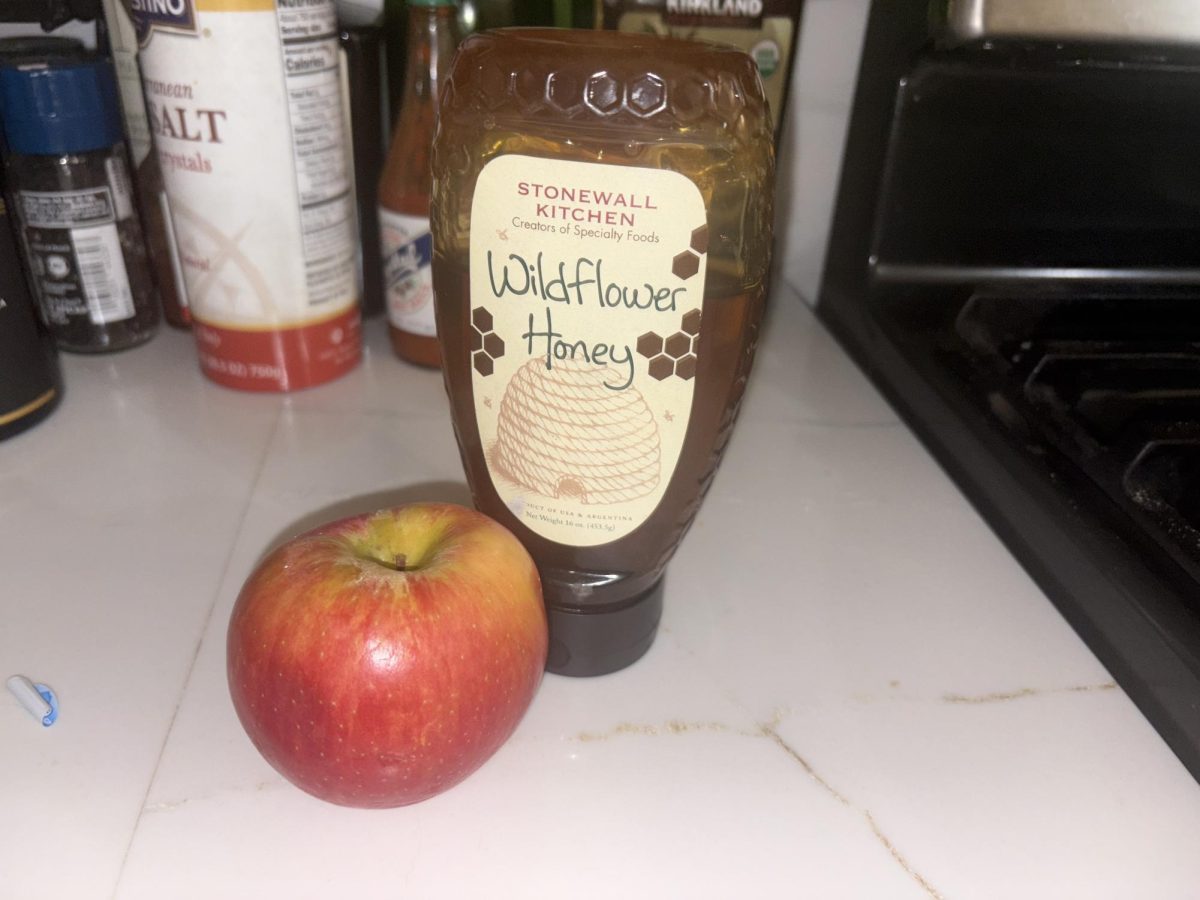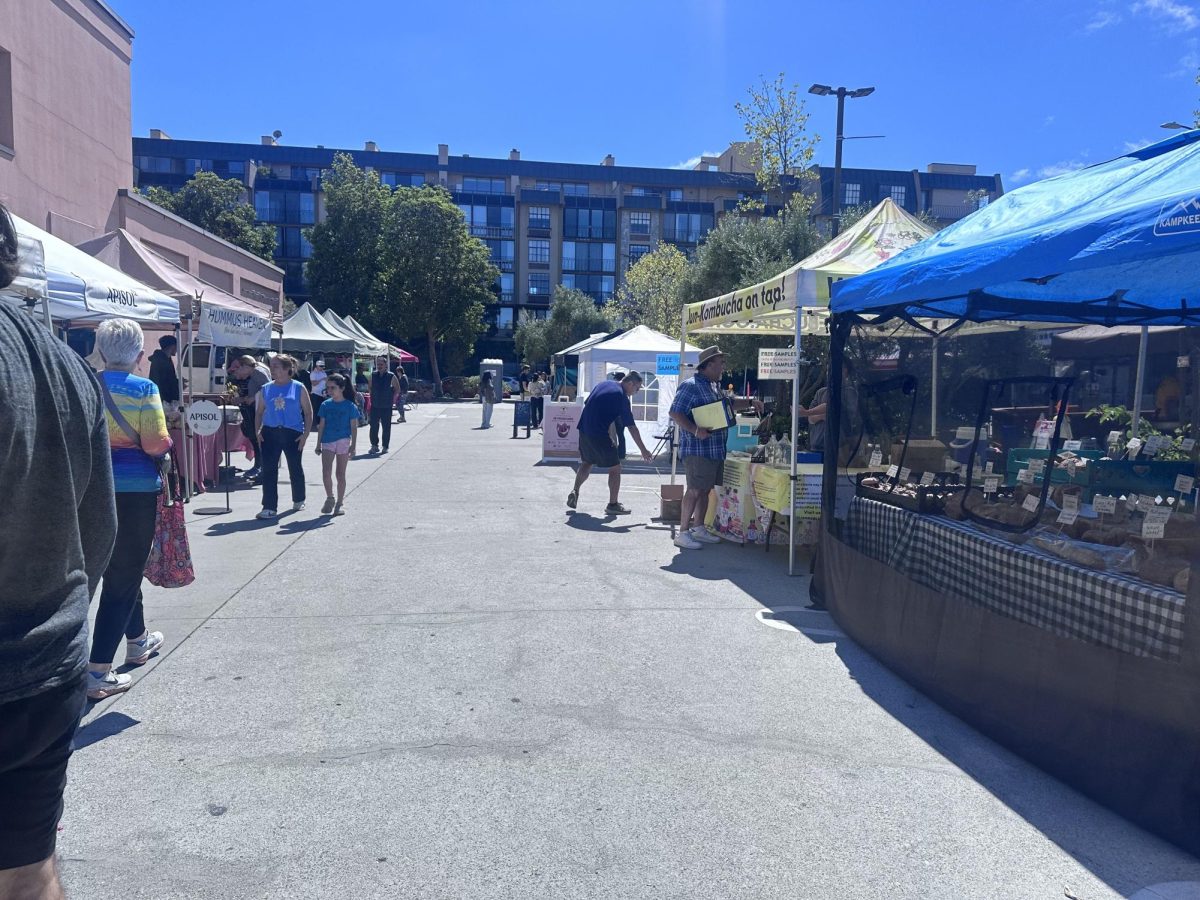Many people cherish Christmas as their favorite time of the year. However, during this festive season, the US generates around 3 million extra tons of waste compared to the rest of the year. In a world where conservation efforts are crucial and eco-friendly alternatives are everywhere, reducing the amount of waste produced during the holidays has become more accessible than ever before.
“It (Christmastime) does create a lot of waste. Between all the Christmas trees that are thrown out after being used for only a couple of weeks, and all of the packaging and wrapping paper used for presents.” Said Teri Shaughnessy, “Especially now, where we do a lot of shopping online, that creates even more waste with all the shipping materials and the trucks are bad for the earth too.”
A great way to minimize waste this holiday season is by opting for recyclable wrapping paper. On Christmas morning, many households are a scene of chaos, with gifts and wrapping paper scattered everywhere. Sadly, most of this wrapping paper ends up in the garbage, as it’s usually not reusable. Instead, consider alternative options like recyclable wrapping paper. Another eco-friendly and budget-conscious choice is craft paper. A single roll of craft paper typically provides around 475 feet of wrapping material, a significant increase from the standard 10 feet in most rolls. Craft paper also offers complete customization, allowing you to decorate each gift however you like using markers, bows, stickers and more.
Another feature of the holiday season that people eagerly anticipate is exchanging Christmas cards. However, this tradition, too, contributes unnecessarily to landfill waste. Approximately 2.65 billion Christmas cards are sent out every year, typically only displayed for the duration of the season. Once it hits December 26th, most of these cards end up in the trash, only for the cycle to repeat the following year. A more sustainable approach is to send electronic cards, such as Evites, or print cards on recycled paper, avoiding the glittery and glossy materials often found in many cards.
Food plays a central role in every holiday, especially during Christmas. With elaborate Christmas dinners, festive parties and creative baking sessions, this season contributes a significant amount of food waste, either in the form of uneaten leftovers or perfectly good food that gets thrown away. Though it is not as simple, there are still steps that can be taken to minimize food waste. To start, it is crucial to shop wisely. Creating a shopping list and sticking to it can help ensure you purchase only what is necessary, avoiding the allure of enticing food displays. Even with careful planning, if leftovers still accumulate, there are alternatives to wasting them. You can take the leftovers and incorporate them into other meals, freeze the food to make it last longer or even donate it to shelters, granted they accept food donations.
By adopting these practices, you can significantly reduce food and paper waste during Christmas and contribute to a more sustainable holiday celebration.











